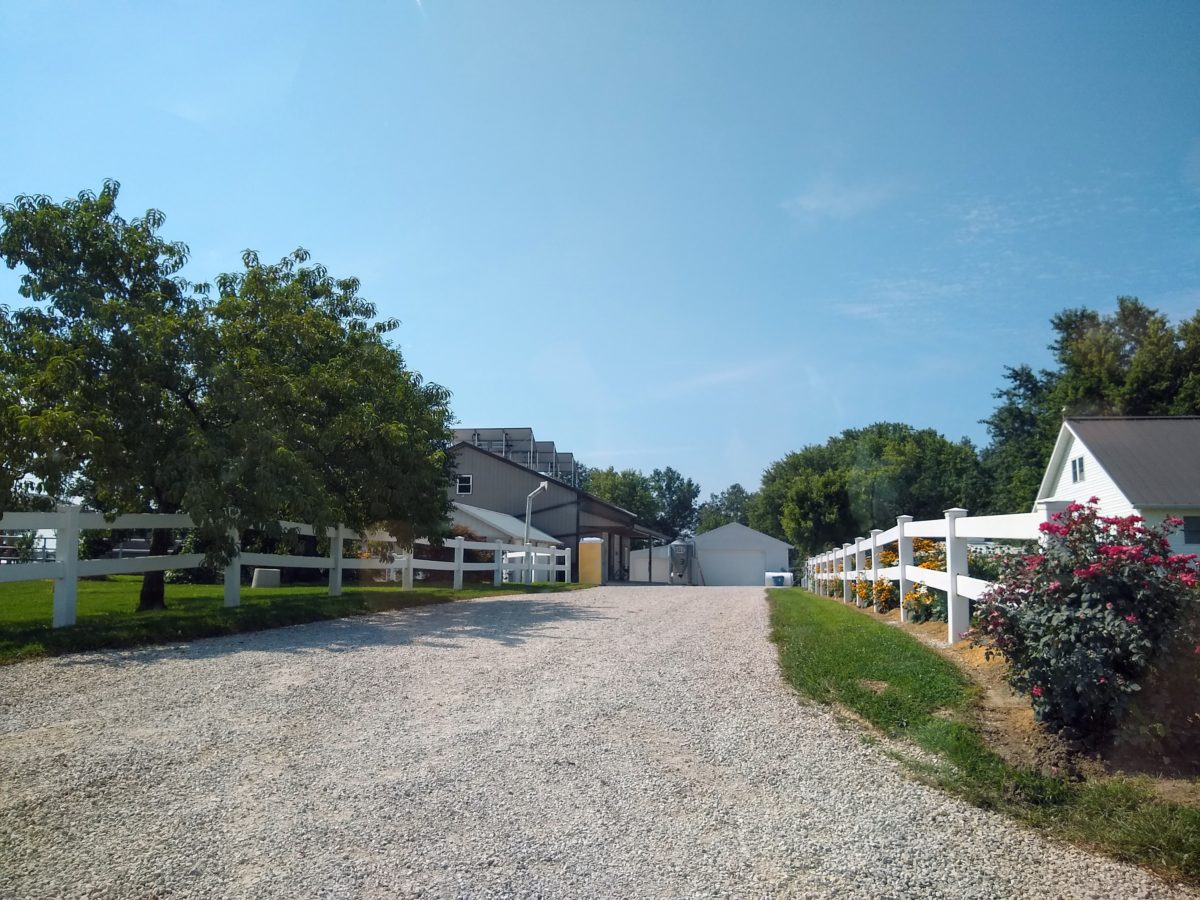Category: Language Tips
-
Figures of Speech: Walking and Running
|
Pennsylvania Dutch uses some figures of speech that involve walking and running that are similar to English — how are they different?
-
shpringa and shprenga
|
What’s the difference between the Deitsh words shpringa and shprenga? Both of the words shpringa and shprenga are verbs (action words) that mean to run. Shpringa verb = to run (as in movement, or to work and function) Shprenga verb = to run (as in to operate something else) ℹ See also the Pennsylvania Dutch…
-

Daviess County, Indiana
|
If you travel to Daviess County or meet someone from here, the first thing that will stand out is their strong southern accent. But you will also notice some other differences.
-
yau and yo
|
There’s more that one way to say ‘yes’ in Pennsylvania Dutch. Learn how and when to use ‘yau’ and ‘yo’.
-

nevlich and dufftich
|
Both nevlich and dufftich are adjectives (description words) that mean foggy.
-
mayna, ohgukka, da view
|
All 3 words mean ‘view’ in English, but how do you use mayna, ohgukka, and da view?
-
Using Genders with Inanimate Objects
|
Filed in Language TipsUsing a metaphorical gender is when you talk about an object as if it was a man or a woman.
-
Giving Commands
|
Filed in Language TipsIn conversation, you’ll eventually need to give instructions or commands. What should you remember about verbs when giving commands?
-
Speaking About Location
|
Filed in Language TipsIn English, when talking about location, there are word combinations that naturally go together. Up here, down there. This is also true in Pennsylvania Dutch.
-
When to Use ‘am’ With -ing Verbs
|
Filed in Language TipsWhen should you use ‘am’ in front of an ‘-ing’ verb?